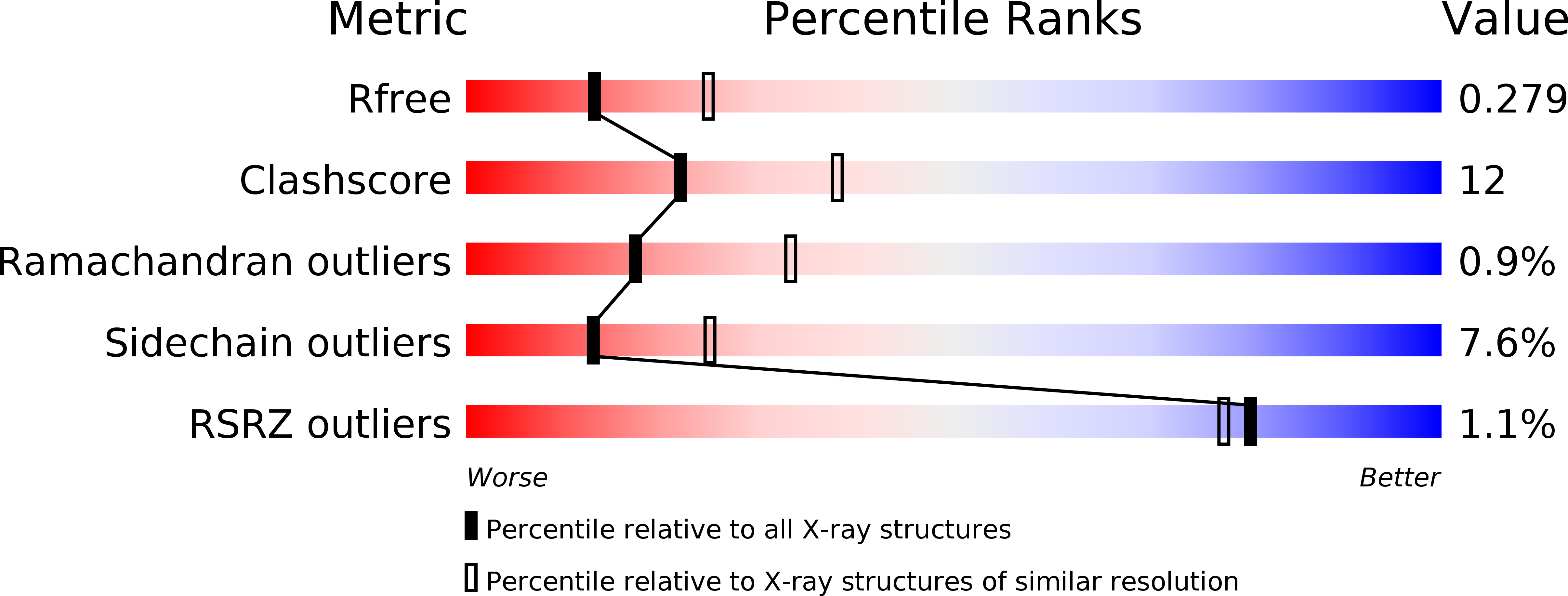
Deposition Date
2020-02-08
Release Date
2020-06-17
Last Version Date
2024-11-20
Method Details:
Experimental Method:
Resolution:
2.61 Å
R-Value Free:
0.27
R-Value Work:
0.19
R-Value Observed:
0.19
Space Group:
C 1 2 1


